Hawraman in Iran, Visiting the Stunning Kurdish Heaven
by Admin · August 15, 2021
Hawraman / Uramanat / Uraman
Uramanat Region, also called Hawraman, Uraman, and Huraman, is one of the beautiful tourist areas of western Iran. Of course, due to not being located on the classic route of Iran, foreign tourists are less familiar with this incredible region.
However, in recent years, the volume of foreign tourists who have visited the Uramanat Region has increased, most of whom were from European countries such as Spain and Germany.
Notably, Cultural Landscape of Hawraman/Uramanat has been registered on the UNESCO World Heritage sites List in July 2021.
Now, Join us to Know all about visiting the Hawraman Region: How to get there, its history, the best time to visit Uraman, its attractions, local foods, accommodation, etc.
By the way, if you have any questions about visiting the Cultural Landscape of Hawraman, do not hesitate to contact us.
Why Visiting Hawraman Region
- It houses stair-stepped villages with unique architecture.
- Uraman has a unique nature and a temperate climate.
- Archaeological evidence indicates that Hawraman dates back to the Middle Paleolithic, around 40,000 BC.
- The cultural landscape of Uramanat in Iran has been registered as the 26th UNESCO World Heritage Site of Iran.
- Many ancient and traditional rituals are held in this area.
How to Get to Uramanat Region
To travel to Uraman without a private car, first, you should get to Sanandaj or Kermanshah. Accordingly, you can fly to one of these cities from Tehran. Besides, there are multiple buses from Tehran and other cities of Iran to Kermanshah and Sanandaj.
In Tehran, you should go to Tehran’s western bus terminal to get on the bus to western Iran (Sanandaj or Kermanshah). Then from one of these two cities, you should take a minibus or an intercity taxi to get to villages and towns in Uramanat.
History of Uramanat
Uraman houses more than 700 villages in Iran, and currently, about 60 of its villages remain untouched.
Besides, archaeological evidence indicates that Hawraman dates back to the Middle Paleolithic, around 40,000 BC.
From this historical period, the tools of cave dwellers, the remains of stoves, and several bones that look like the skeleton of a mountain goat, have been discovered. Also, the bones of Neanderthal humans have been discovered in the caves of this region.
Interestingly, researchers have found evidence, including a large stone tomb with a domed roof and some houses, indicating that humans lived in the Iron Age more than 3,000 years ago in this area. Also, near the Tangivar village, an inscription has been found that belongs to the Assyrian era.
Uraman Architecture
Rural houses of Hawraman, such as what you can see in Uraman Takht and Palangan villages, built along the mountain slopes. In other words, they have stair-stepped structure that creates a pyramid shape to the whole village. In other words, in stair-stepped architecture, the courtyard of each house is the roof of another house. What you can also see in Masouleh and Abyaneh in northern and central Iran.
Hawraman People
The people of the Uraman region are Kurdish and speak the Hurami Kurdish Language. In addition, despite being Muslims, they practice rituals of ancient Iran and the Zoroastrian religion.
Besides, the people of Hawraman have their own Kurdish folk costumes; women’s outfit is colorful while the men’s include nude colors such as khaki and grey.
Traditional dress for women in Kurdistan consists of very colorful clothing. Usually, a long dress or gown is worn, over which a jacket or vest is worn. Colorful belts are included, as are colorful pants. Traditional clothing for men in Kurdistan consists of baggy pants that may be colorful, but are more often muted earth tones. Men wear plain shirts, and generally wear vests or jackets over their shirts. The outfit is completed by a large belt or sash tied around the waist.
Moreover, Uraman handicrafts that you can buy as souvenirs of this region are kilims, rugs, felt, wooden utensils, etc.
Ceremonies and Festivals in Uramanat Region
In addition to having natural attractions and attractive architecture, Hawraman has unique spiritual attractions such as Nomadic migration (Kooch), Nowruz celebration, and Pir Shalyar Festival in winter.
The people of Hawraman participate in these festivals in special Kurdish costumes. They dance with local music, play Daf, eat local food, sing folklore melodies, etc.
The Best Time to Visit Hawraman
Uraman is located in a mountainous region where you can see large and lush forests, abundant springs, and many pastures and gardens.
Generally, the mountainous climate of the region and the unique nature of Hawraman has made it one of the best places to visit in Iran in any season.
Of course, the dream beauties of Hawraman double in spring, especially in May. Besides, traveling to this area in summer is also very pleasant due to its mild mountainous climate.
Therefore, the best time to visit the Uraman region is from late April to late September. Note that in winter, some side roads in this area are difficult to cross due to snowfall.
Attractions of Uramanat
The natural attractions of Uraman include mountains, forests, waterfalls, and rivers; Particularly, the Sirvan River, which flows near Uraman Takht. The best spot to see the grandeur and beauty of the Sirvan River and its surrounding nature is the distance between Aspariz and Hajij. This spot has important stations for leisure and photography because of the river’s sandy banks. Also, the Sirvan river is a place for sailing competitions.
Besides, the interesting architectures of the villages and towns such as Palangan, Hajij, Uraman Takht, and Sarvabad are incredible attractions of the Hawraman region.
Moreover, due to the antiquity of Uramanat, you can find many historical monuments such as ancient castles, tombs, and old mosques in this area.
Accommodation in Uraman Region
In the Hawraman region, you can stay in hotels in bigger cities such as Sanandaj and Kermanshah and visit the scenic areas in the form of day trips and short excursions. Or you can go to the heart of the Uraman region and stay there. For instance, one of the good hotels in Uraman is Hotel Sangi (Shadi Hotel) in Uraman Takht.
In addition to hotel accommodation, you can stay in eco-lodges in different villages of the Hawraman region. The advantages of staying in the eco-lodges include:
- Easy access to the various sights of the area.
- Experiencing the living among the locals.
- Enjoying the home-cooked dishes.
Finally, you can also stay in the villagers’ houses and get thoroughly involved with the life of a Hawrami family.
Uraman Food
Uraman dishes are prepared from fresh ingredients and vegetables that grow in the mountains, so they have a lovely taste. You can try these foods in local restaurants, eco-lodges, and even in the locals’ houses. In the following, we introduce some famous local dishes of the Hawraman region.
Shalkineh Bread
In the Uraman region, you can find different kinds of bread. And Shalkineh is a type of local bread that consists of flour, milk, egg yolk, oil, date or grape juice, and saffron. This traditional bread is a golden flatbread that is baked on a special pan.
Barsagh Bread
It is another local bread of the Hawraman region that is fried in oil. Barsagh Bread is mostly served during Ramadan month.
Kalaneh Bread
Kalaneh Bread is like pizza. To prepare this delicious bread, the Kurdish people first make a soft dough and spread the dough thinly. Then they cover half of the dough with vegetables such as chopped onions, turn the other side on these vegetables, and bake it on a special pan.
Rhubarb Stew
Due to the mountainous nature of the Uramanat, different kinds of vegetables grow in this region. Accordingly, one of these delicious and popular vegetables is rhubarb, whose stew is a popular food of Hawraman. Rhubarb Stew is a favorite dish for those who enjoy sour foods.
Ghayeremeh
Ghayeremeh is fried artichoke (Kangar Sukhari) that is served with rice and bread. Kangar is one of the rare plants that grow in the Zagros Mountains in early spring.
Kurdish Bulgur and Lentil Soup
Different kinds of Ash (soup) are among the most popular food in the Uramanat region. Accordingly, Bulgur&Lentil Soup is one of the traditional dishes of Kurdistan, which consists of potatoes, lentils, and wheat semolina.
Nettle Soup
Another Hawraman food is Nettle Soup composed of wheat, barley, buttermilk, and aromatic herbs such as nettle, mint, and cockatiel.
Kurdish Kebab
In the Uraman region, like most parts of Iran, kebab is a very popular food. But the taste of Kurdish kebabs is better than the taste of other kebabs served in other parts of Iran due to the type of animal feed. This classic Uraman food is made of lamb pieces grilled on the fire.
Dolmas (Stuffed Grape Leaves)
Dolmas are grape leaves stuffed with lamb, rice, legumes, and herbs. Although Dolmas is cooked in most parts of Iran, the Dolmas of Uraman are more delicious and famous.
Things to Do in Uramanat
As Mentioned, Hawraman in Iran is true heaven in the west of the country with incredible nature, people, local food, monuments, etc. Here we briefly introduce the top activities you can do as a tourist in Uraman.
Sightseeing and Photography
The beauties of the Uramanat Region are pure subjects for photography; Remarkably, the views of the stair-stepped villages in the mountain slopes.
Also, you can go to visit Zarivar Lake near Marivan and Sirvan River near Hajij to enjoy the stunning nature and take great pictures. Besides, if you are interested in mountaineering, Uraman is a true heaven for you.
Moreover, you can take incredible photos of the ceremonies and festivals which are held in this area. But, just remember to get permission if you want to take pictures of the local people.
Skiing in Uraman Mountains
If you travel to western Iran during winter, you can ski on the slopes of the Zagros Mountains in Uramanat Region. Notably, the most famous ski piste in Uraman is Nesar Ski Resort near Bijar.
Participating in the Uraman Ceremonies
Uraman is a region with a long history and rich culture. So, there are many rituals and ceremonies held during the year in this region. Therefore, if you want to travel to Hawraman, you can arrange your trip for the last days of the winter or early spring, when the Kurdish people hold numerous celebrations and festivals.
Moreover, if you are lucky, you can participate in a Kurdish wedding ceremony!
Facilities for Tourists in Uramanat
Since Uraman is far from the classic route of Iran, many international tourists are not familiar with this stunning destination. So, in terms of facilities for tourists, Uraman has a long way to go. However, in recent years, many eco-lodges and restaurants have been running in this area. Also, you can eat traditional dishes and stay overnight in the locals’ houses. Besides, today you can find more accessible transportation to its remote villages.
Finally, if you have any questions or experiences to share about Hawraman Region in Iran, please leave your comments, suggestion, or feedback.
Like this article?
Subscribe To Our Newsletter
Get updated articles about Iran trip
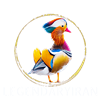
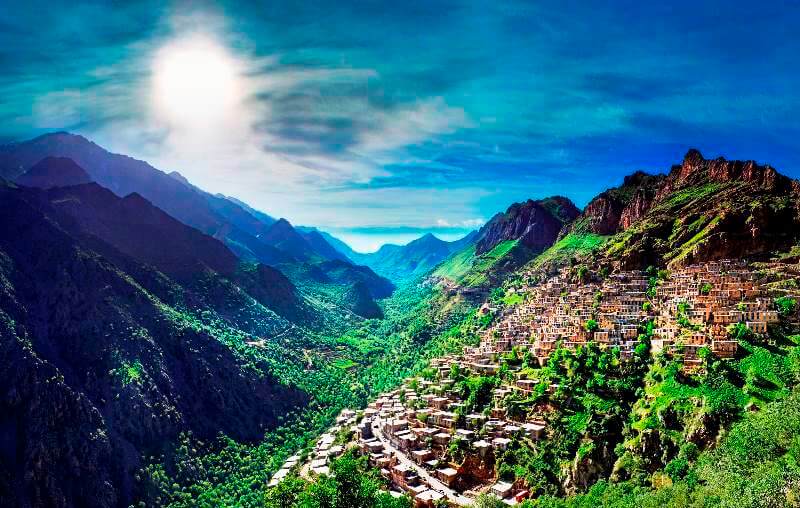
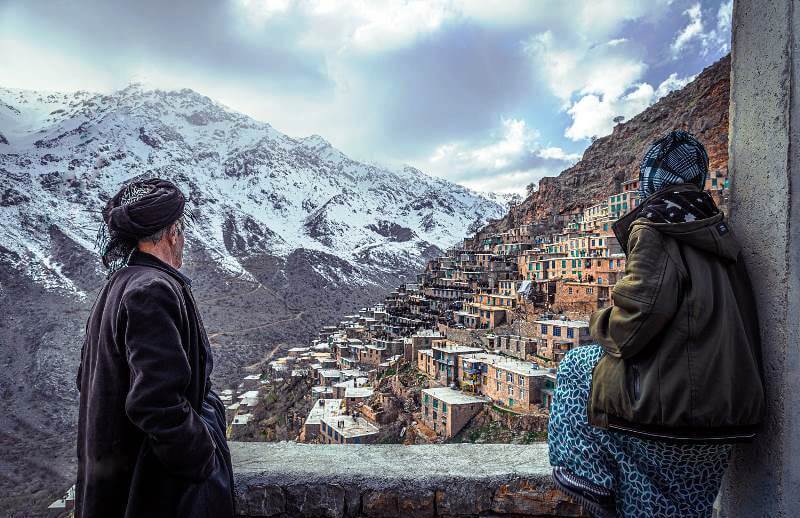
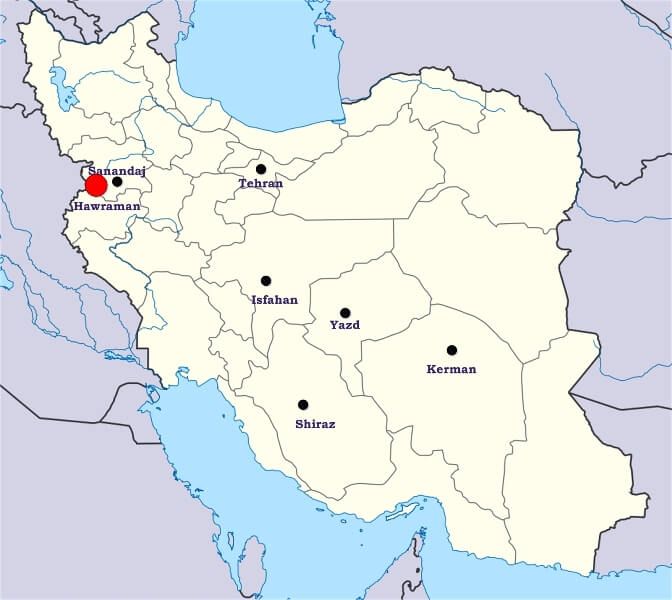
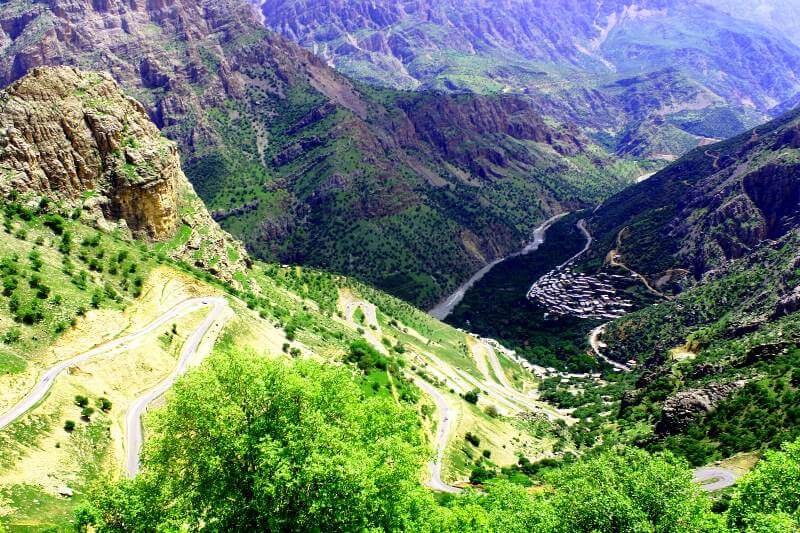
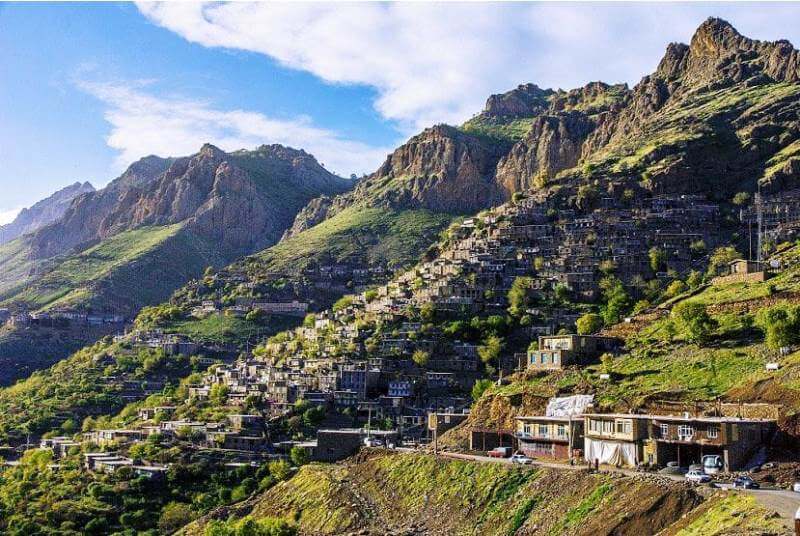
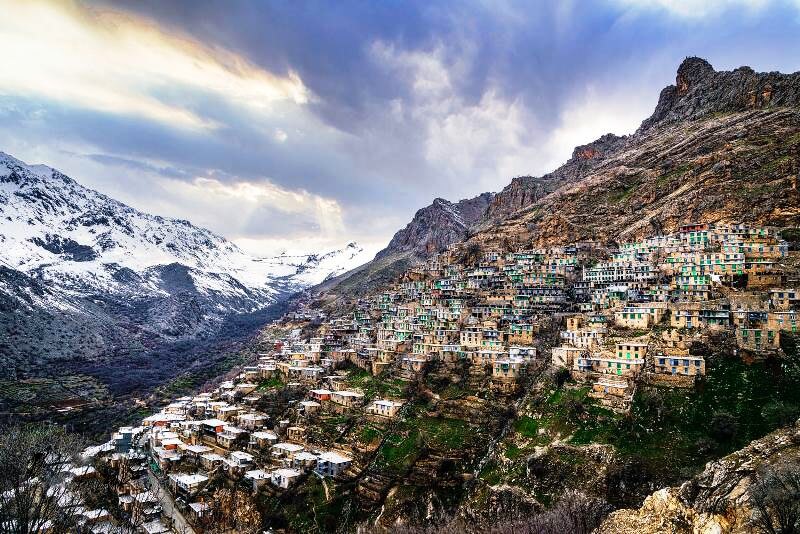
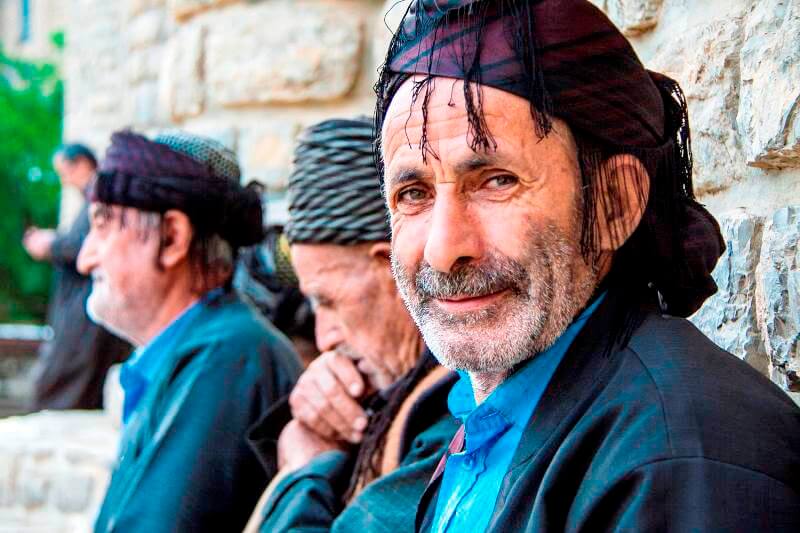
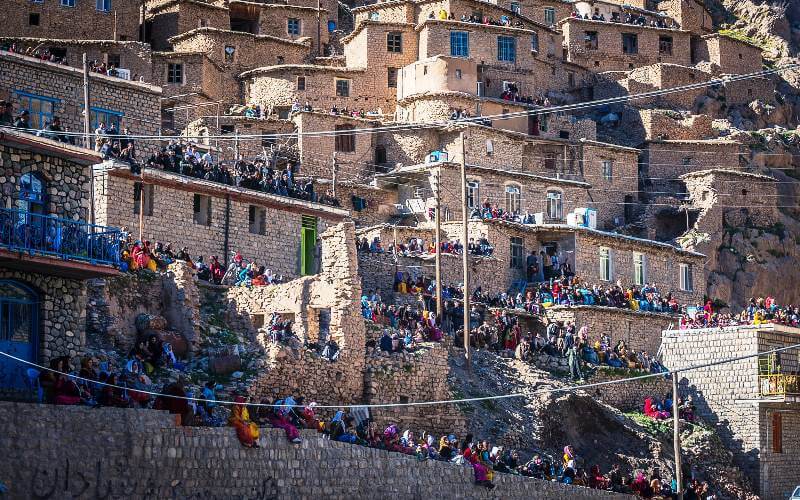
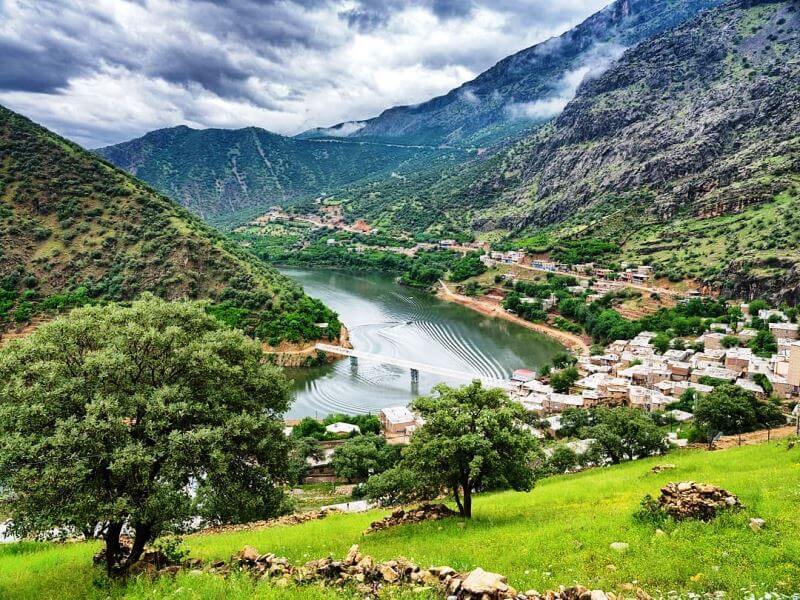
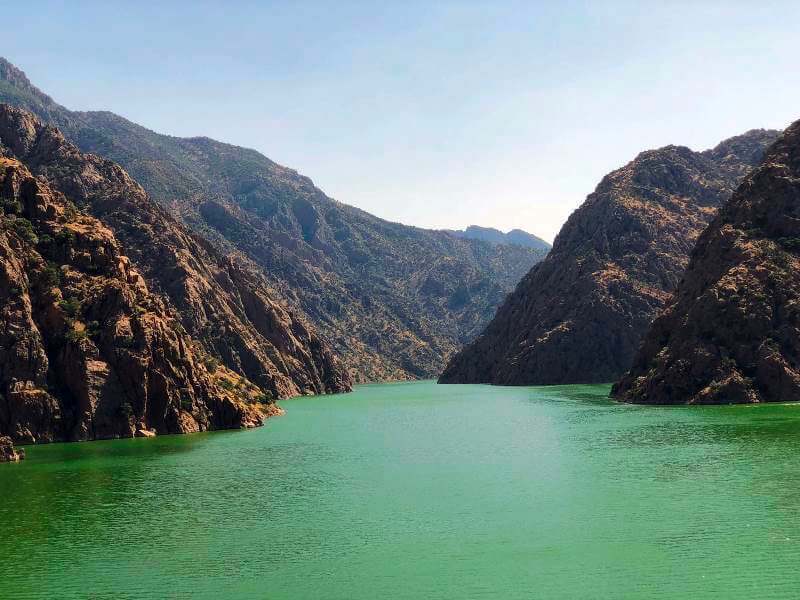
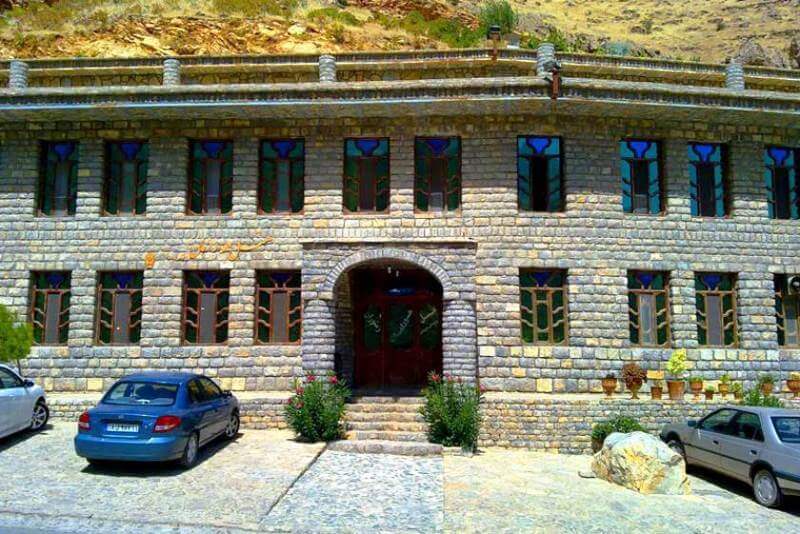
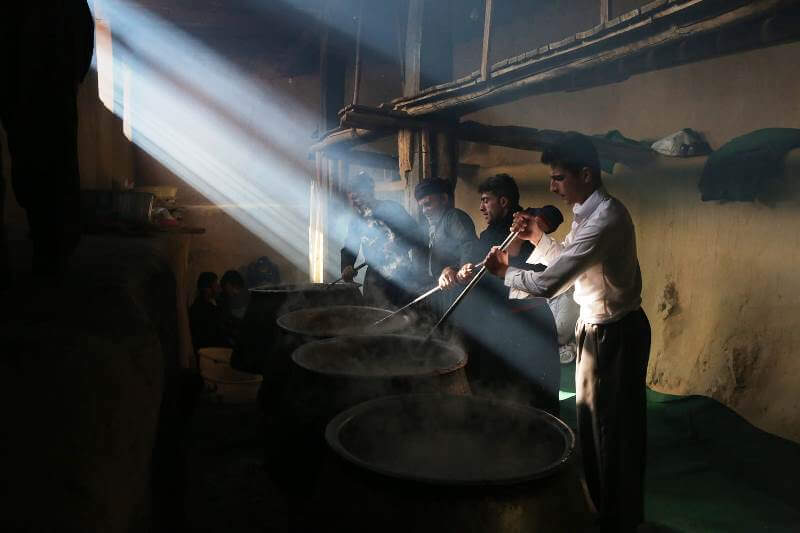

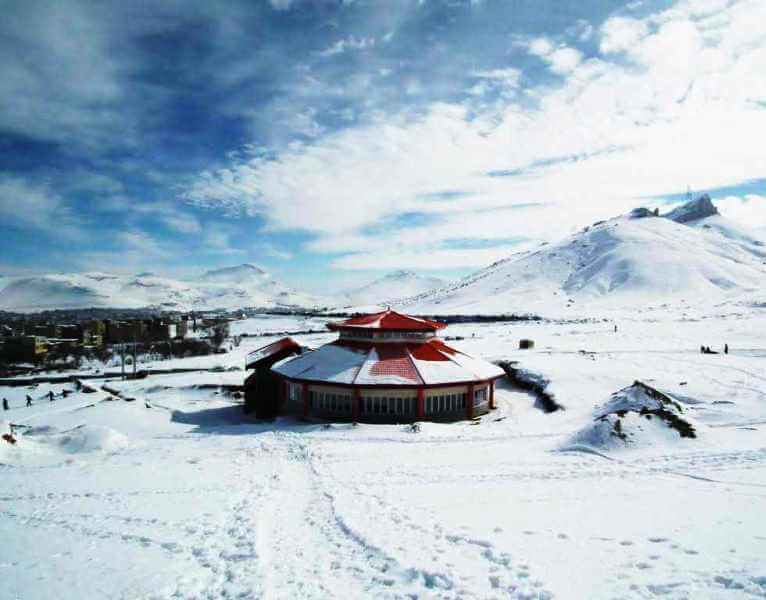
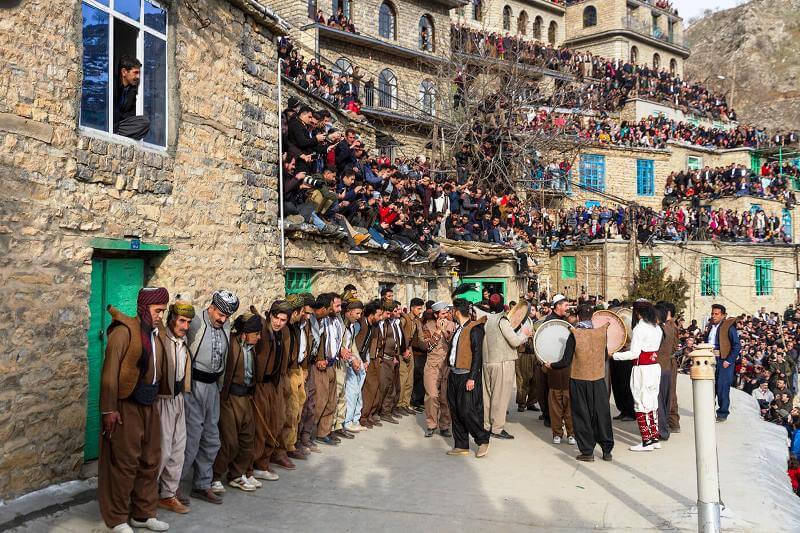
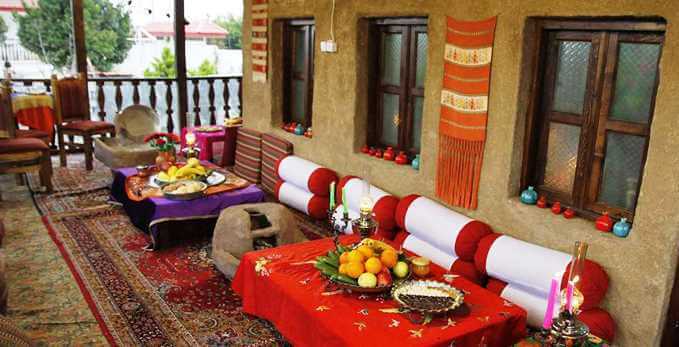
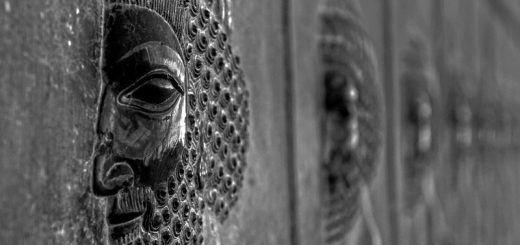
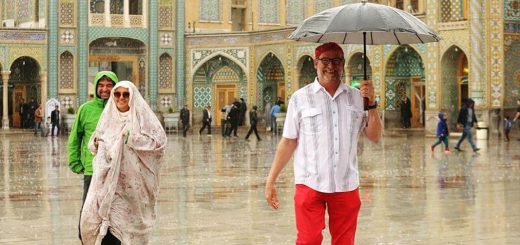

salams I like to participate in one of the holy events like mawlid in the uraman . Please advice me when is the best time to attend this event . Uraman is a region with a long history and rich culture. So, there are many rituals and ceremonies held during the year in this region. Therefore, if you want to travel to Hawraman, you can arrange your trip for the last days of the winter or early spring, when the Kurdish people hold numerous celebrations and festivals.
Im a travel agent and i like to organise such tours. Thank you.